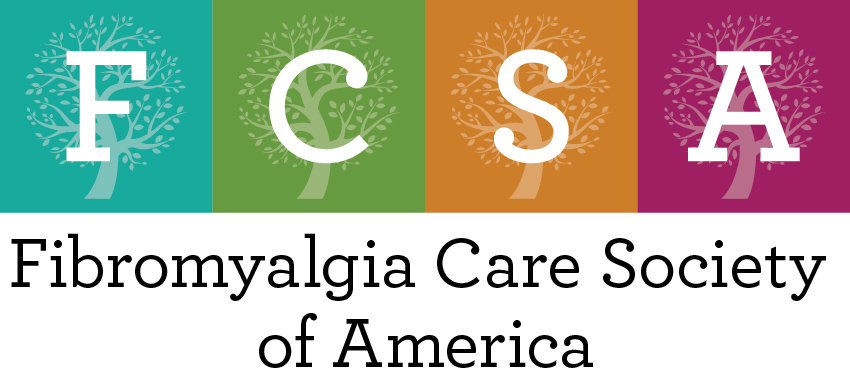Breathe Thru Brain Fog
“Fibro Fog” to my Fibro Fam (“Brain Fog” to everyone else in the autoimmune illness inner circle) feels like fogginess, fuzzy thoughts, or an inability to focus. It is often described as lapses in memory and mental clarity. Reported COVID vaccine side effects include cognitive challenges that are super similar to brain fog symptoms. Below is my best attempt to breakdown brain fog and provide pranayama tips to boost the brain with breath.
Fibro Fog
feels like fogginess, fuzzy thoughts, and an inability to focus.
I’m a neuroscience nerd. This past spring, I sat through a six-week series studying brain development. I learned that centuries ago Egyptian pioneered the study of the brain trauma. Western researchers picked up where the Egyptians left off about 30 years ago. In the past three decades, there’s been numerous neurological studies done to determine brain development at different stages of our lives. Scientist have yet to uncover the mysteries behind the impact of early childhood trauma on a developing brain and autoimmune illness in the body.
The prefrontal cortex lives in the frontal lobe.
I first started documenting my Lupus symptoms when I was 11 years old. Little Jewell wrote about living with lupus comorbidities like Raynaud’s disease, fatigue, and brain fog for a full year before she was officially diagnosed. I’m really proud of her for starting her self-study work so young so that I could pick up where she left off. In the early 90s few physicians linked trauma and the development of autoimmune illness. I lived through, witnessed, and experienced emotional, mental, and physical abuse from the womb until my brain was fully developed in my mid-twenties. I often wonder how did my lived experiences impact the development of my brain and autoimmune illness? I am equally fascinated and frustrated by scientific findings because there’s still so much to discover.
It’s totally natural to feel frustrated, nervous, anxious, or angry in moments of fog. It can feel like your brain and your body are betraying you. I’ve learned to embrace my brain and the fog and redirect to more productive responses. In recent a interview on the Yoga Wit the Ohmies Podcast, FCSA founder Mildred Velez and I share stories on how we cope with the fog. Milly’s go-to is laughter and affirming herself at the moment. I’ve learned to do the same to invite more ease and levity into my life.
For a bold burst of blood to the brain I use breathwork. Controlled breathing has been practiced in African and Indian cultures for thousands of centuries and in recent years breath-work has been validated as an emotional regulation technique by scientific studies and leading researchers such as Bessel Van Der Kolk, M.D. “Breath of Fire”, sometimes referred to as “Belly Breathing”, is a quick exhale paired with abdominal muscle contractions. It quickly oxygenates the blood, helping the practitioner feel refreshed and revived within minutes.
Boost Your Brain
Taking frequent breathing breaks is an effective way to cultivate a clear path to self-compassion and patience. Practice extending yourself grace in moments of brain fog to create space for mental clarity. Conscious breathes help to lower our stress hormone, cortisol. Lower cortisol levels lead to calmer nerves and a clearer mind. A consistent meditation or mindfulness practice helps to reduce our pain perception and fortifies the prefrontal cortex portion of our brain which is responsible for thinking and reasoning. The more we support our prefrontal cortex the more we can reduce the impact of brain fog in our daily lives. Try the tutorial below and let us know how it goes!
Breathing Meditation Tutorial



